In August, I met Japanese fencer Jun Yamashita briefly at the 2024 Asian Veterans and Children Fencing Champions in Hong Kong. Among the fencers from different Asian Pacific countries, they seem to be the most vocal on the piste and energetic and if you know my work, usually that’s the visual cues for my outreach. Watching the Japanese fencers on the piste was like experiencing Manga real life, their energy ignited across the venue. I photographed Jun across two days when he competed in Sabre then foil individual and finally at Foil Teams for Japan 1 vs Australia 1. I was photographing from Japan 1’s side to give my photography a different narrative. I caught up with Jun about his fencing journey and my curiosity towards Japanese culture on fencing.
One would assume that Japan has it cut out like Hong Kong with fencing in terms of blending into Hong Kong’s popular culture. Don’t forget, HK is not cut from the same cloth, people would jump onto any trends faster than other Asian countries. The Honkies love spending and investing when they are winning. I will look into another conversation with the Honker Fencing in the near future, but let’s dive into Japan fencing this time!
Contributor: Jun Yamashita (Japanese Fencer : Foil and Sabre)
Producer / Photographer: Ed Chiu
Date: October 2024
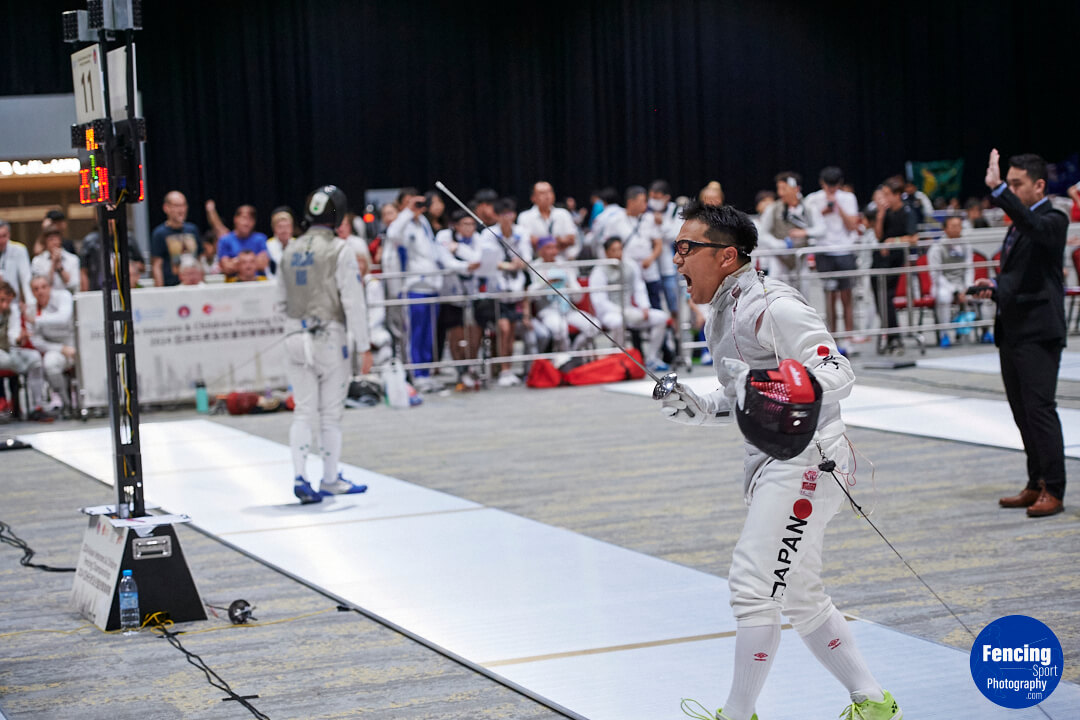
Ed: Can you please tell me how long you have been fencing and what made you take up the sport?
Just a bit of background on the Japanese education system, 6th grade is elementary school which is the same as Australia’s primary school, the students are usually 10 – 11yo.
Jun Yamashita fenced in both Foil and Sabre at Master A category (40 – 49)
Jun: I started fencing at 6th grade in 1995, so I have been fencing for about 29 years. I did Kendo but left the sport in the 5th grade because the coach was too strict. My sister’s classmate at Junior high school was a fencer, he invited me to join and that’s when I started fencing. I joined a practice session at the Sapporo Municipal Gymnasium.
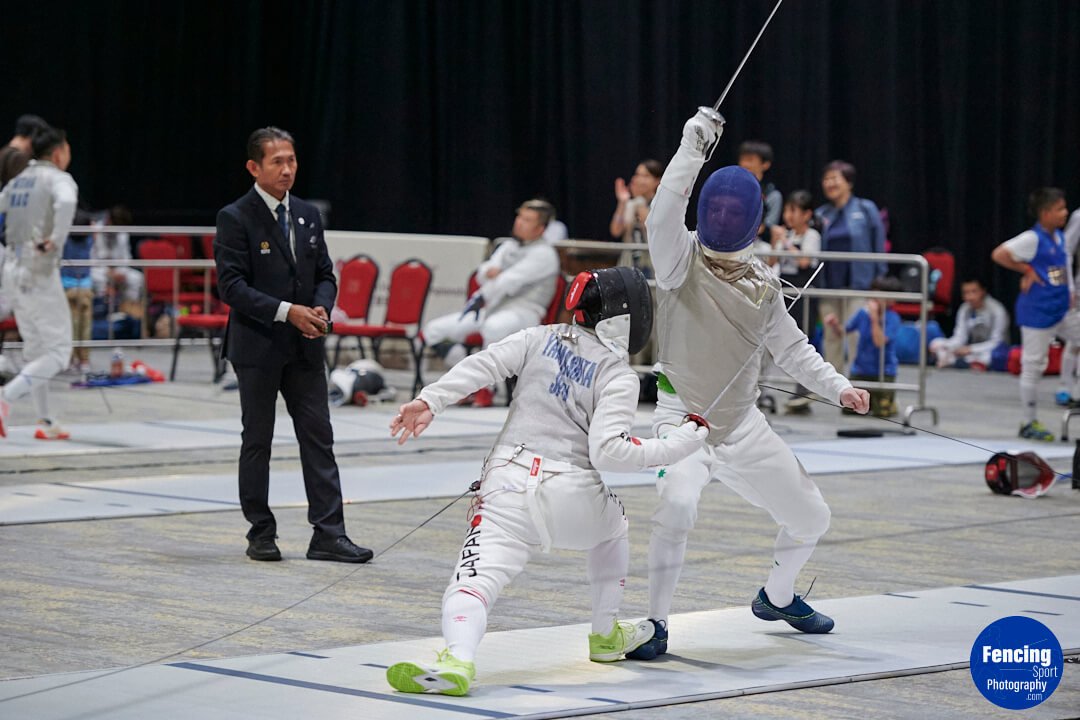
Ed: I only started fencing two years ago in 2022, so I am fairly new to the sport, however I have worked as a commercial photographer for 28 years, so that’s pretty much the same time you started fencing! I started focusing on fencing and sport photography 2 years ago but as an established photographer you are thrown into any subject or genre, so the rest is just learning the (sport) techniques and knowing the subject matter.
When you took up fencing in 1995, was it a popular sport in Japan? I understand that fencing in Japan has gotten more popular in recent years, which is reflected in the number of medals by Japanese fencers at world championships and the recent Paris 2024 Olympics. Do these medals have a lot of impact on fencers in Japan to keep up with the reputation?
Jun: You have been a photographer for a long time. I am a teacher at a nursery kindergarten. I am in charge of taking photos of children and uploading them to an app for parents.
When I first started in 1995, fencing was a very niche sport, I didn’t even know about it. And in recent years, thanks to the efforts of various people, the Japanese national team has been able to win medals.
When I was a university student, the Japan Fencing Association had no sponsors. There were many talented athletes who gave up their fencing careers due to lack of opportunities or money.
Fencing needs more than just Olympic medals to spread in order to make an impact in Japan.
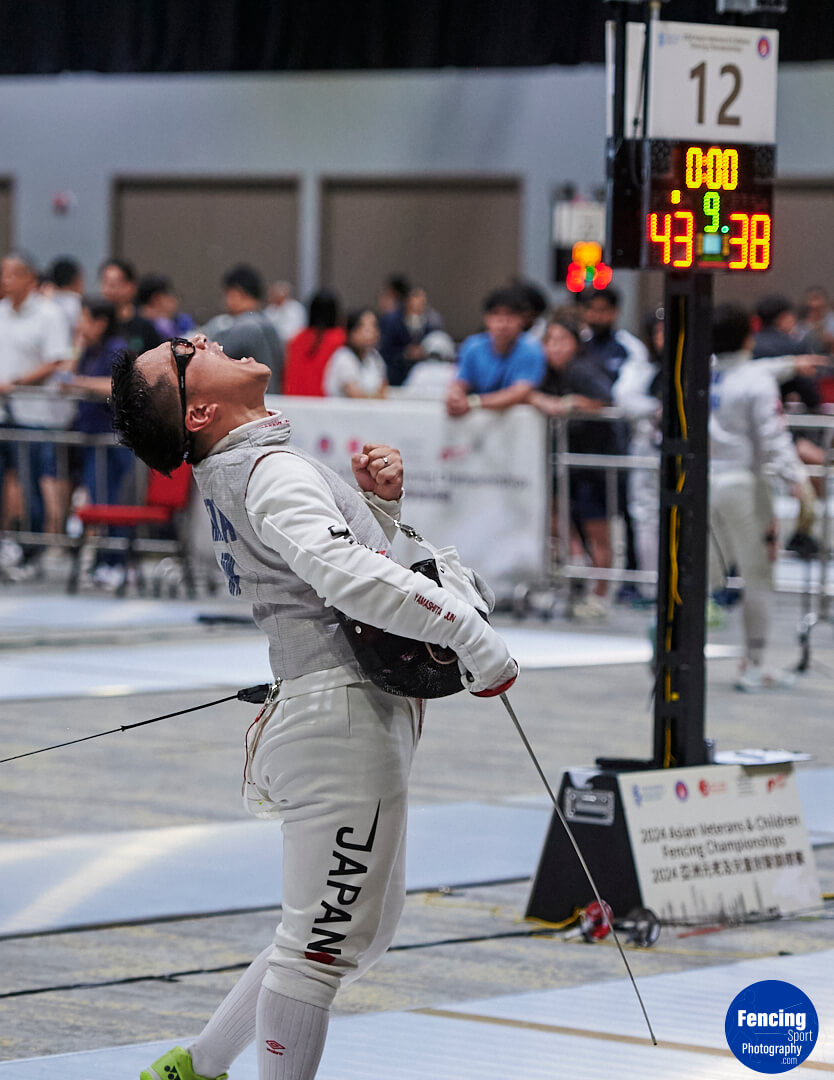
Ed: In Australia, there’s a number of schools that offer fencing, mostly in private schools. Our national sport is Footy (Football, not soccer) and a lot of students go for Footy, Swimming or Netball. Netball and Swimming receives a lot of fundings from the Aussie government and we have many impressive netball venues and swimming pools across Australia.
I am aware that some school students don’t really take fencing seriously, they need to take up a sport as part of their curriculum, but it is good that fencing is one of the options, if anything it’s a good introduction for those who wants to go further with the sport. There are others who join a fencing club and invest time and effort, and you see these fencers just develop their skills outside of school and often do well in Open fencing competitions. A small portion of fencers also do squads.
This is not to say all the students who train in schools are bad but definitely less effort than those in clubs. And you can tell the small number who love the sport and continue after graduating from secondary schools. Then there are adults who take up fencing when they enter universities or just do it as a hobby but get serious along the way.
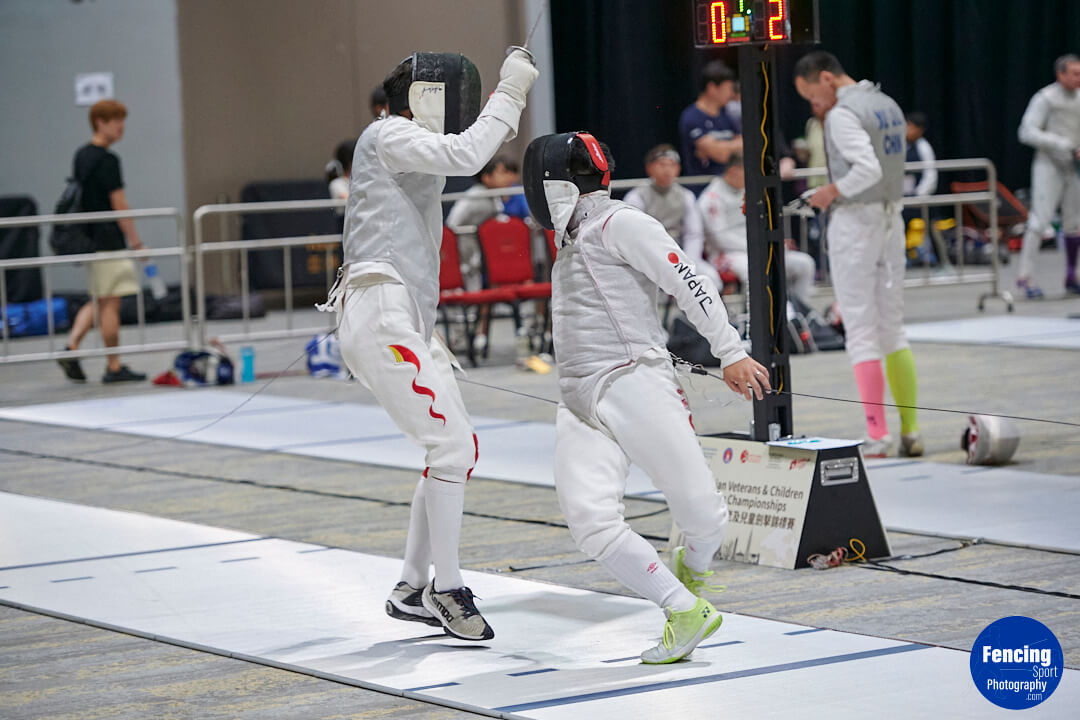
Most of our universities in Australia offer Fencing as one of the sports.
Fencers don’t get any incentive in Australia, but fencers from cadet to senior compete in Australia and overseas. Australia being far away from neighbouring countries that are strong in fencing has lesser opportunities. Unlike the fencers in Europe or Asia, they don’t really need to travel far to fence with a great dynamic range of skills, it’s crucial for development with anything that requires technical skills. Several of our elite Aussie fencers actually relocate to another country like somewhere in Europe to train, then come back to Australia to compete.
With the Australian veteran fencers that you met in Hong Kong, many of them have fenced for over 10-30 years, so obviously they are all self-funded and I guess as working-class adults we pay our own ways instead of relying on parents which is the case with a lot of university or senior fencers if they are still studying.
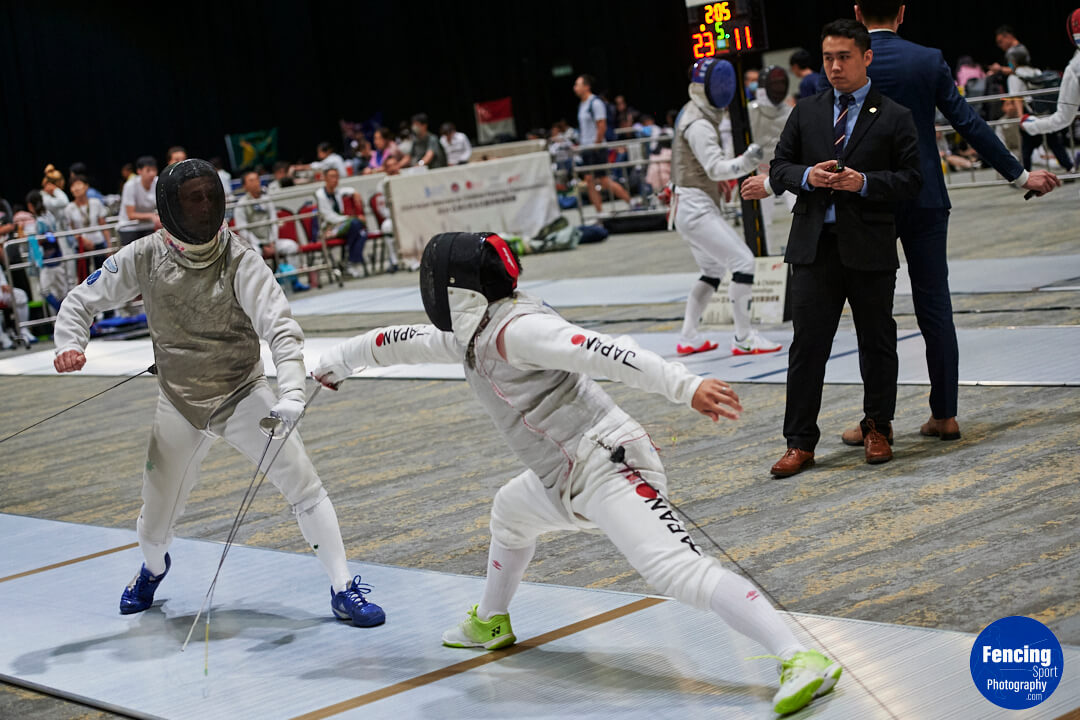
Ed: What has fencing taught you in life and how has fencing contributed to your profession as a teacher?
Jun: Joke, if a child attacks me with a sword made from rolled up newspapers, I can parry riposte.
But one of the most important aspects of early childhood education is for children to play freely. Preventing injury is also important, therefore many teachers forbid anything seemingly dangerous. However, if you give a newspaper to a child, it is natural that some children will come up with the idea of rolling it up to make it into a sword. Teachers expect this type of behaviour from kids.
I believe there is a lot to be learnt and little danger in children play-fighting with their friends with newspaper swords. Often teachers give prior warning to the children that eyes are off limits to avoid any injuries.
Fencing is a sport with its roots in duelling, so in my opinion it is viewed differently from other sports that have their roots in festivals or have been established as sports.
I spoke to fencers from Australia and various other countries, I was impressed that many veteran fencers at the Asia World Expo seem to have successful careers.
As you say, paying your own expenses related to fencing is a peculiarity of the veteran category. Without money, holidays, compromising with family, health, one’s passion among many other things, even an experienced fencer cannot even afford to lose on the piste. So I respect athletes who have become champions. Of course success as a coach is great, but for me a veteran champion is also an attractive asset.
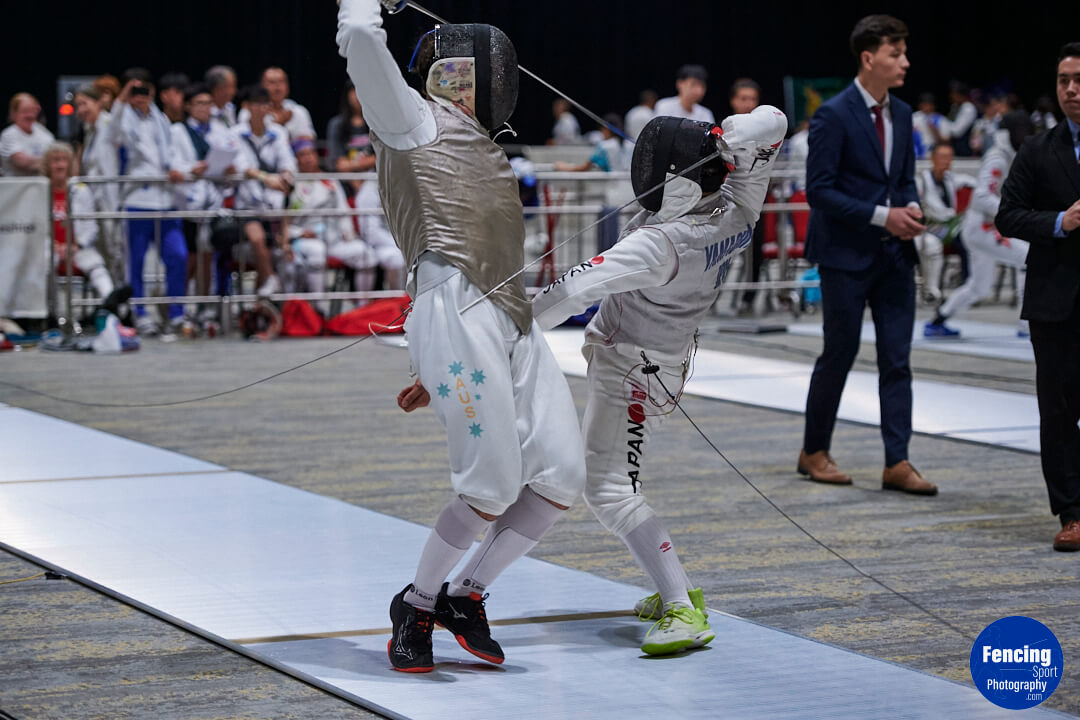
Fencing in Japan is still in the process of gaining popularity. Few people have a concrete understanding of what kind of sport fencing is.
Ed: How do you think Japanese’s culture with weaponry swordsmanship such as Kendo, Samurai and Katana influence today’s Japanese society with fencing which is developed by the western culture?
Especially with kids taking up fencing and not samurai or other martial arts and going back to your first question that you practised Kendo prior to fencing, which means you already understood the importance of discipline, techniques are shared by both Kendo and Fencing. Or do you think the older generation Japanese also embrace Fencing as something they can also enjoy practising? But I guess, I need to understand if swords such as Kendo and Samurai are being taught widely in Japan.
Jun: Fencing in Japan is still in the process of gaining popularity. Few people have a concrete understanding of what kind of sport fencing is. As a result, people think that fencing and martial arts such as kendo are in the same category in sports.
When parents consider sports for their children, it is important to know whether the sport has worldwide exposure. While fencing is an Olympic sport, kendo is limited to competition between Japan and South Korea. However, there are still very few places where people can take up fencing and the Japanese fencing community must solve this problem.
Only a few people in Japan continue fencing into their veteran years. Many either stop fencing or become mainly amateur coaches. Although they enjoy fencing, they seem to be more significant as student fencing partners.
Since the fencing community in Japan is quite small, almost all students who start fencing like to get into competitions. I believe that fencing in Japan has grown and the number of people who casually enjoy fencing has also increased. There are two kinds of fencers: those athletes with the mentality and goals of ‘becoming a champion’ and the casual fencers who just ‘want to have fun’ and ‘challenge themselves in competitions’. They both share the same value.
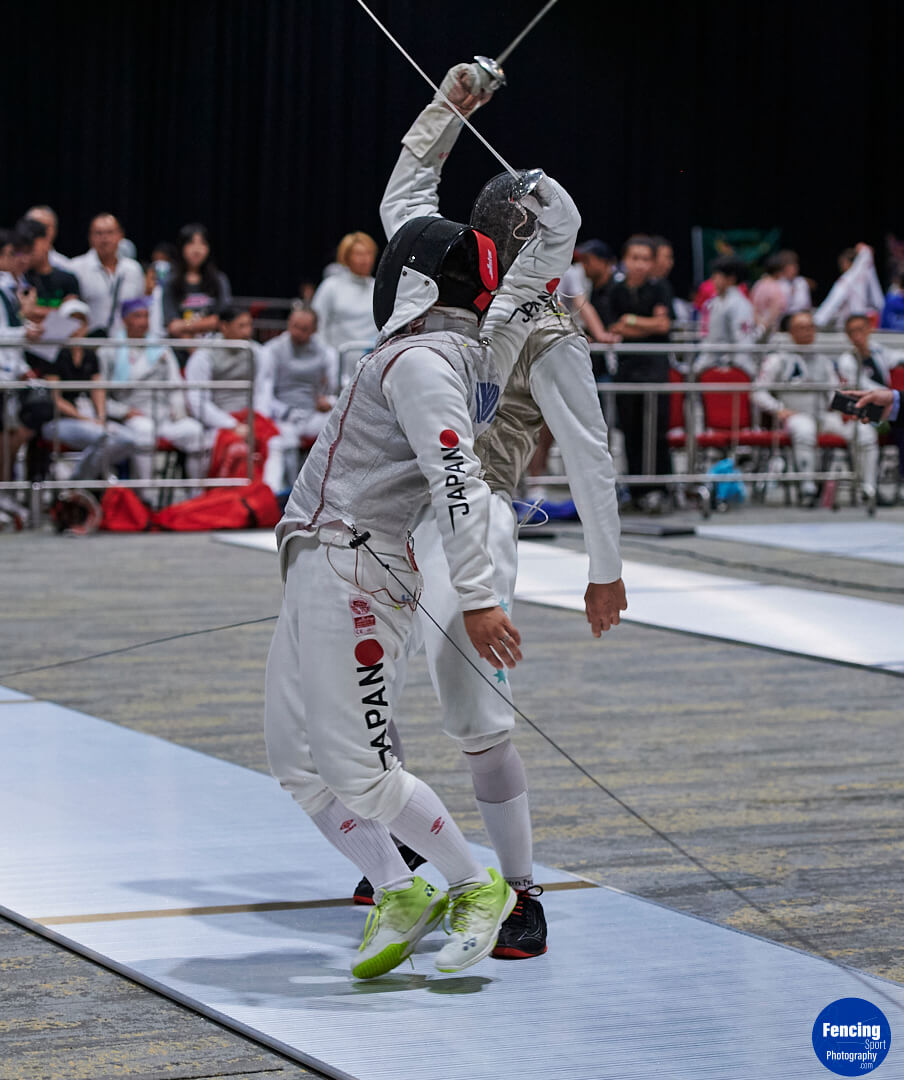
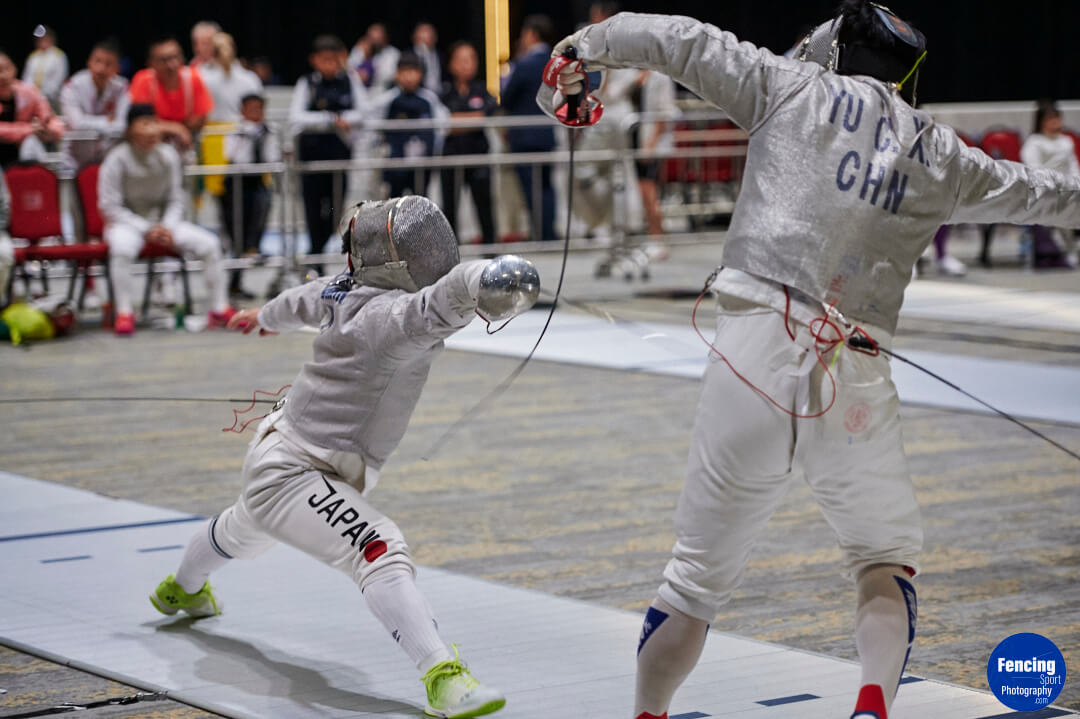
Jun: I am very honoured that you wrote about me.
Thank you for all the photos. The opportunity to have a professional photograph me is invaluable and I learn a lot about how I look objectively.
ED: Awesome thank you. It’s been great chatting to you and swapping cultures on fencing. I wish you the best for your fencing and hopefully we meet again somewhere in the world of comp.
JUN: I look forward to the day I meet you on the piste. I am also cheering you on from Japan so that you can continue to take great fencing photos.
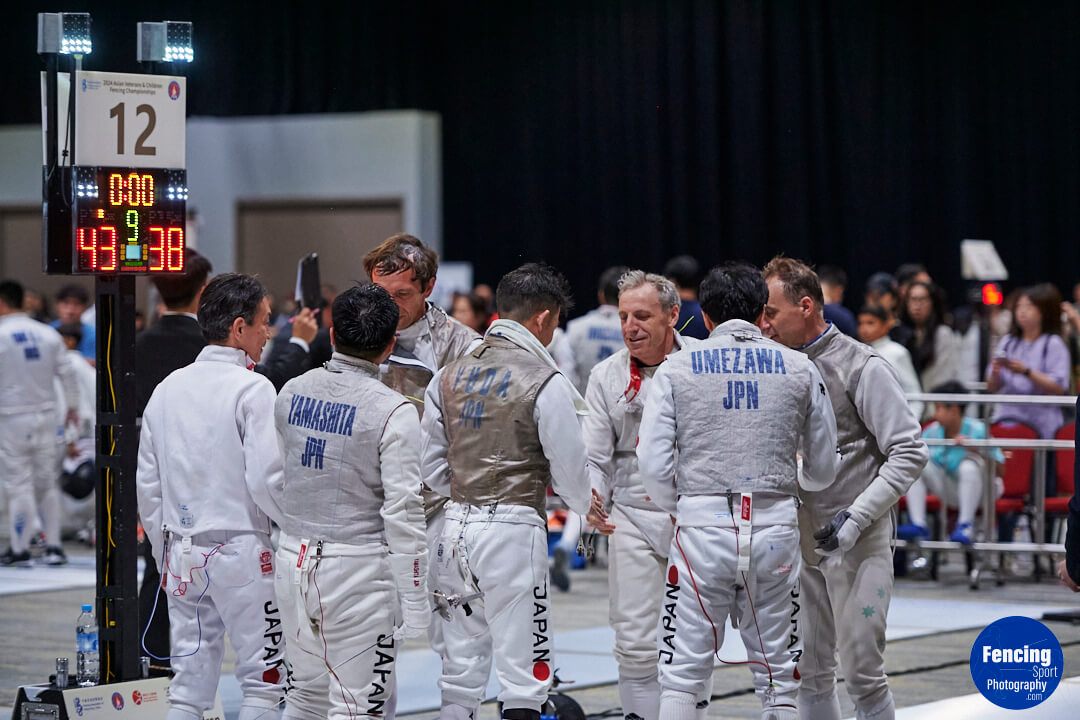
Last week I was chatting to a Japanese fencer’s mother in Fencing Victoria, I told her about this interview with a Japanese fencer whom I met in HK. I also mentioned Kendo and that I was going to take this up instead of fencing back in 2022. But actually, I didn’t know much about the sport, I only know that University of Melbourne has the sport but learning Kendo is quite limited in Australia.
She further mentioned that some Japanese Police practise Kendo as part of their disciplines, while I think that Martial Arts is their thing, I was just thinking about karate but Kendo is quite specific. I guess from a foreigner’s perspective we need to have a better understanding the kind of discipline that Kendo teaches. Imagine the Australian Police take up fencing or some kind of weaponry swordsmanship as part of their training. Here’s a thought, it would teach them more about discipline than fighting off a hooligans with guns.
I found a video on Youtube about the Japanese Police demonstrating Kendo to kids.
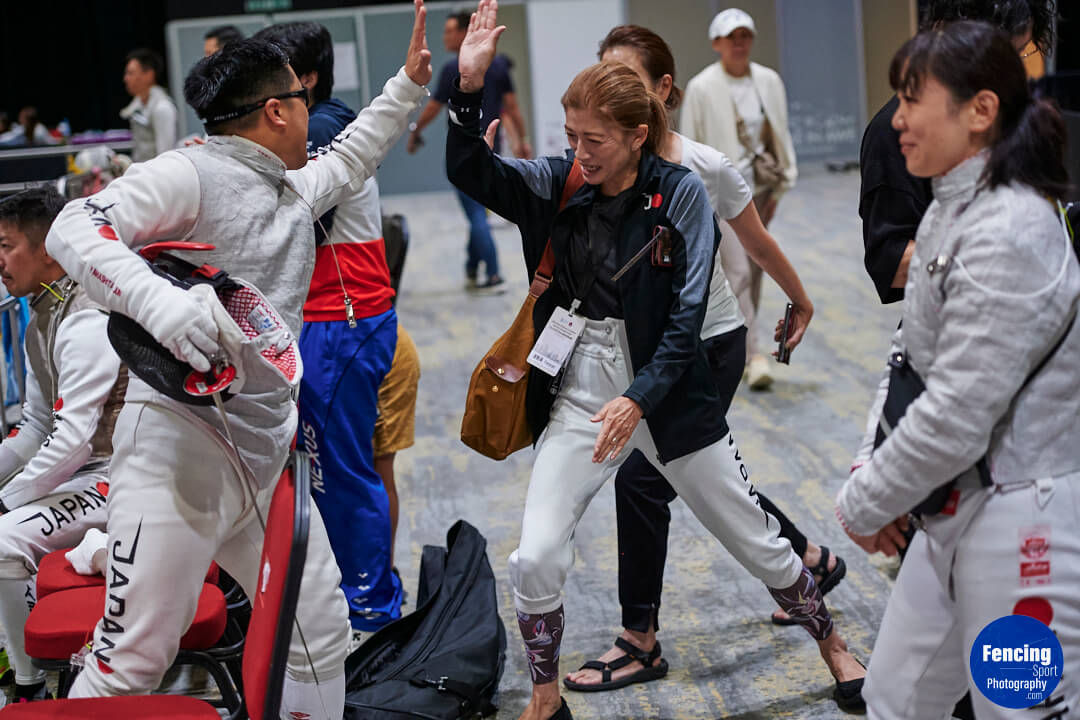
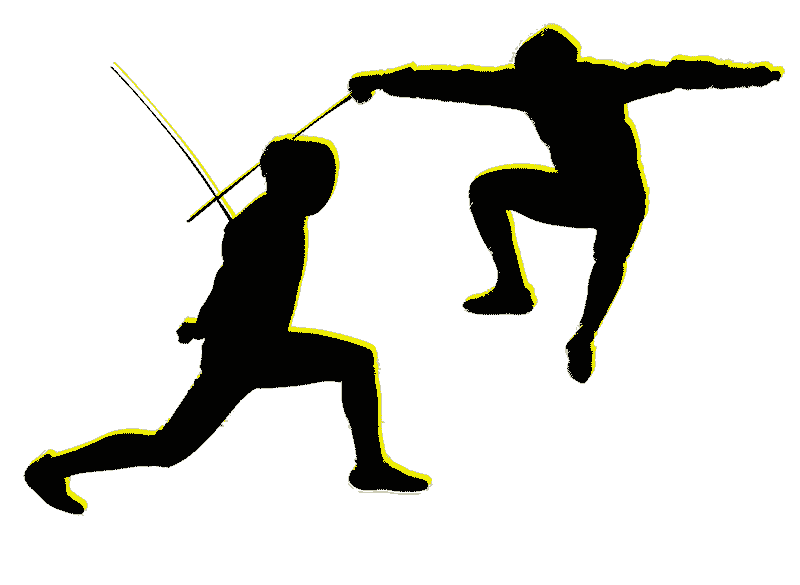

Leave a Comment: